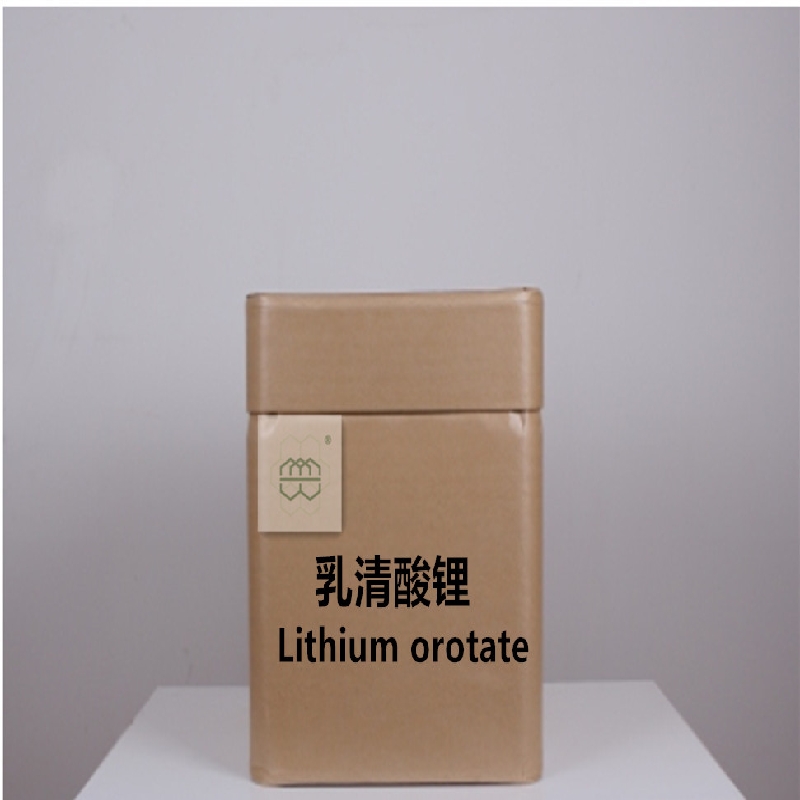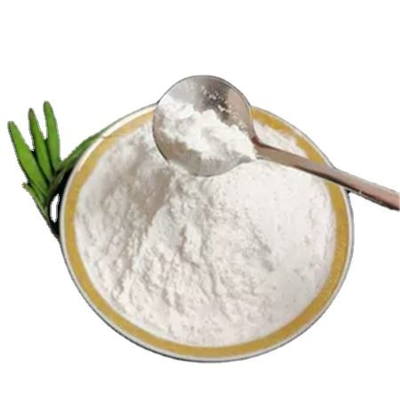The intruder mechanism of american white storts has been revealed
-
Last Update: 2021-03-14
-
Source: Internet
-
Author: User
Search more information of high quality chemicals, good prices and reliable suppliers, visit
www.echemi.com
The research group of Zhan Shuai of the Center for Excellence and Innovation of Molecular Plant Science of the Chinese Academy of Sciences/ the Institute of Plant Physiology and Ecology, the Huang Yongping Research Group and the Forest Ecology and Conservation Research Institute of the Chinese Academy of Forestry Sciences, etc., have revealed the genetic characteristics of the populations of the invasive populations of the White Ferns in the United States, and put forward the hypothesis that metabolic plasticity promotes the rapid adaptation of invasive alien species to the new environment. The results were published online in Nature - Ecology and Evolution.
the United States white stort originated in North America, has spread to most countries and regions in the northern hemisphere, is the world's quarantine pests. Since it was first discovered in Dandong City, Liaoning Province, China in 1979, the pest has spread to the Yangtze River basin, involving more than 10 provinces (cities and districts), and has been included in the list of the first invasive alien species in China.
Researchers analyzed the genetic characteristics of the populations of several occurrence sites in the Bohai Rim region of China and found that the American white herring population that invaded our country showed a typical "bottleneck effect" at the genomic level, and the retrospective analysis showed that the population contraction began before it was imported into China, suggesting that the American white herring population originated from invading populations in other countries rather than being imported directly from the origin.
researchers further found that functional diversity may play an important role in the invasion of the White Ferns in the United States, the most significant functional diversity of the gene-rich path path is almost entirely related to sugar metabolism, its taste-induced (mainly bitter-taste-like) genes significantly expanded, bitter-taste-like gene functional polymorphism is higher than other chemically induced subjects and genes overall levels. From this, the researchers concluded that metabolic plasticity, regulated by variations in taste-like subjects and sugar metabolic pathogens, may play an important role in the rapid adaptation of white storks to the new world in the United States. At the same time, the researchers found that the silk glands of young larvae in the United States have a special pattern of expression, and identified the pathogen pathogen path, transcription factors and other specific regulation of the development of the white larvae glands in the United States important genes. (Source: Huang Xin, China Science Daily)
This article is an English version of an article which is originally in the Chinese language on echemi.com and is provided for information purposes only.
This website makes no representation or warranty of any kind, either expressed or implied, as to the accuracy, completeness ownership or reliability of
the article or any translations thereof. If you have any concerns or complaints relating to the article, please send an email, providing a detailed
description of the concern or complaint, to
service@echemi.com. A staff member will contact you within 5 working days. Once verified, infringing content
will be removed immediately.







